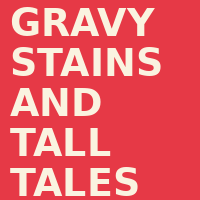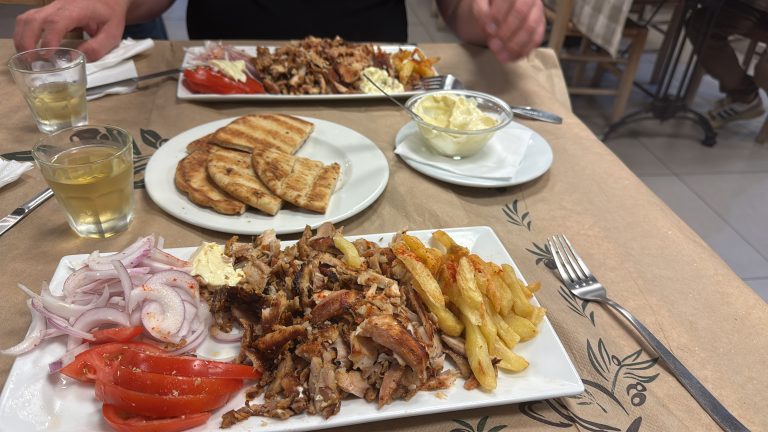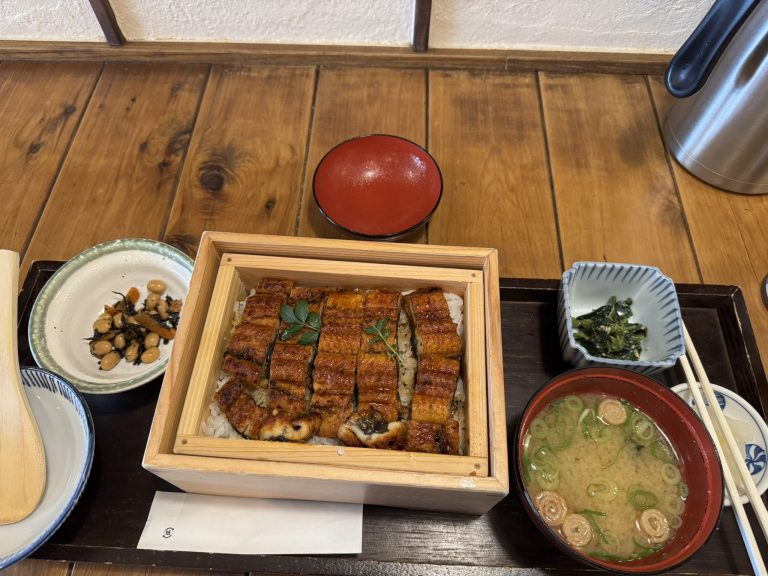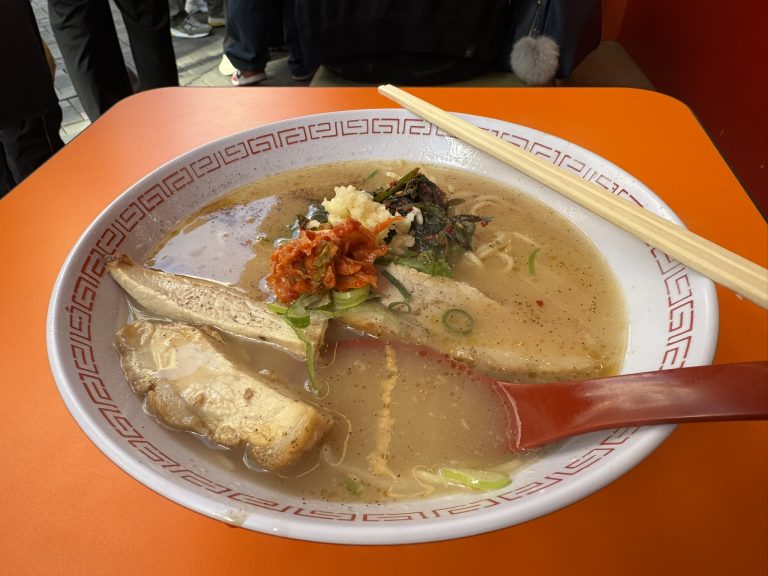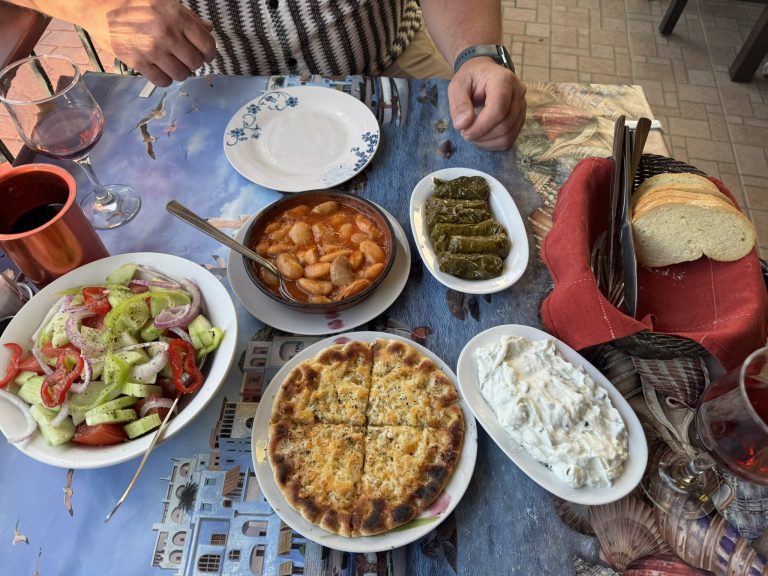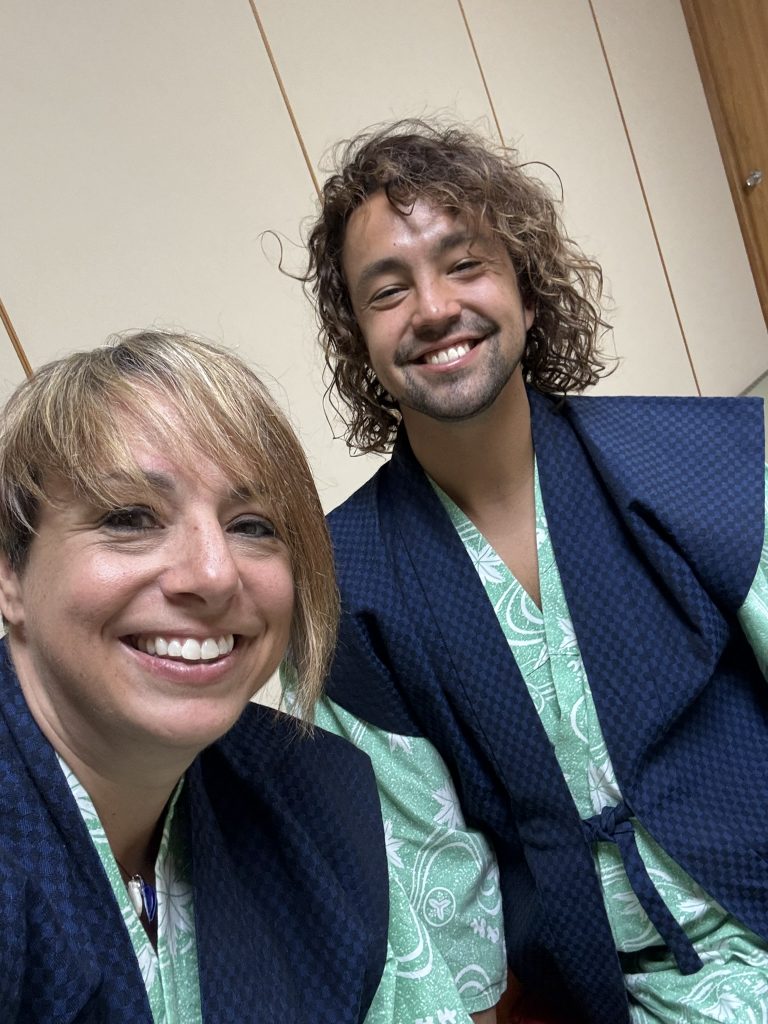Absinthe, shawarma, and somersaults: A very Budapest New Years tale
There’s something about New Year’s in Budapest—a city that wears its scars like a badge of honour. The past is etched into every street, every corner, every ruin. And on one particular frigid New Year’s Day, I found myself chasing ghosts and stumbling into magic.
It started innocently enough. We’d warmed our bones with a steaming bowl of Hungarian goulash, the kind that doesn’t just feed you but wraps you in a thick, paprika-scented blanket of comfort. Walking the dark streets with my boyfriend, the city felt like a mystery we were meant to unravel—cobblestones slick with ice, air so cold it bit at your face.
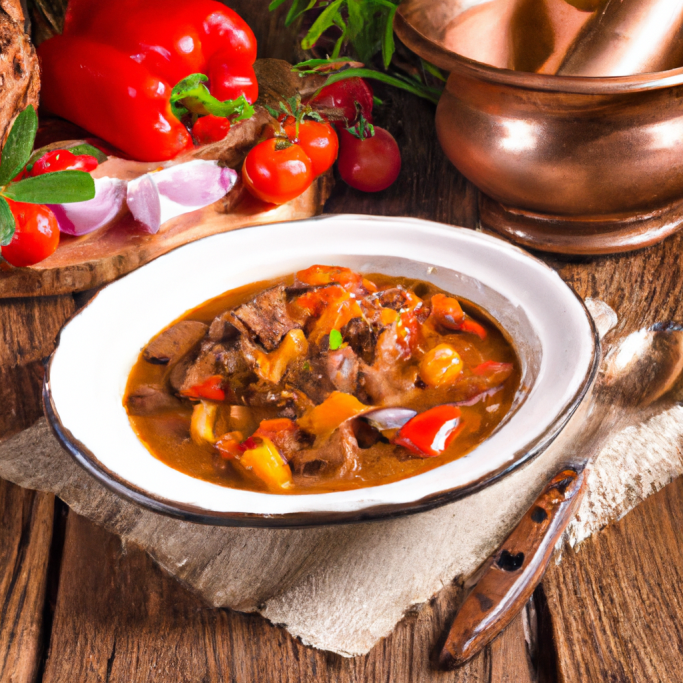
Ahead of us, two men shuffled through the darkness, looking like they’d just crawled out of a Hemingway novel. Ragged coats, hunched shoulders, the kind of disheveled that makes you wonder about the story. They disappeared through what looked like a butcher’s plastic curtain, the kind that promises nothing good lies beyond.
What did I do? Follow, obviously. To my boyfriend’s absolute horror.
“Are you insane? This is how we die,” he hissed. But I was already through the curtain, stepping into another world.
Szimpla Kert. The first and most famous ruin bar in Budapest. Calling it a bar feels like calling the Grand Canyon a hole in the ground. It was a bombed-out factory building transformed into a labyrinth of pure chaos and creativity. A place where every piece of debris, every rusted remnant, had been given a second chance at life.
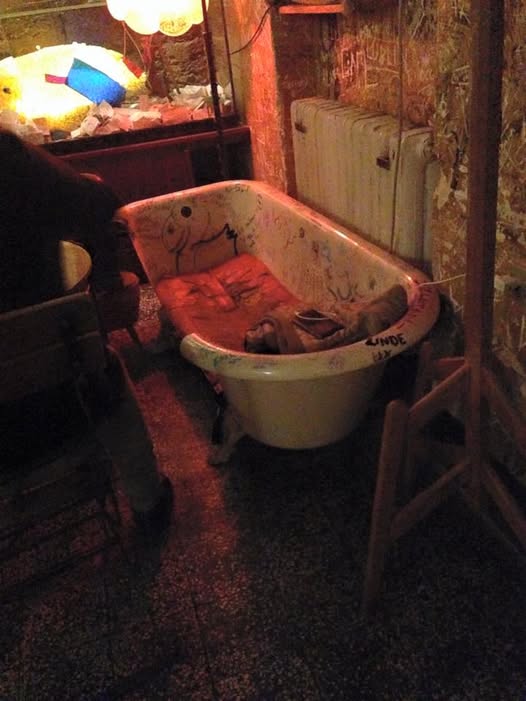
Bathtubs and toilets served as chairs. An old Trabant—a car that’s more Cold War relic than vehicle make of paper fibre and phenolic resin—was parked in the middle of the room, repurposed as a lounge. The walls were a kaleidoscope of color, a jumble of graffiti and fairy lights that shouldn’t work but did. It was like walking into the mind of a mad artist who’d decided that ruin was just another word for opportunity.
The drinks? Absinthe. Lots of it. The green fairy flowed freely, her mischief slipping into every glass. By the second round, I was convinced this place wasn’t just a bar; it was a portal to some other dimension where rules didn’t apply. Time didn’t matter, and the only thing you had to do was let go.
We drank. We explored. We drank some more. The labyrinth swallowed us whole, spitting us out into hidden corners where strangers became friends and music seemed to seep from the very walls.
Hours later, or maybe it was minutes—who can say? Absinthe has a way of bending reality—we stumbled back onto the icy streets. Finding the hotel felt like a miracle, but not before one last detour that turned out to be the cherry on top of an already wild night.
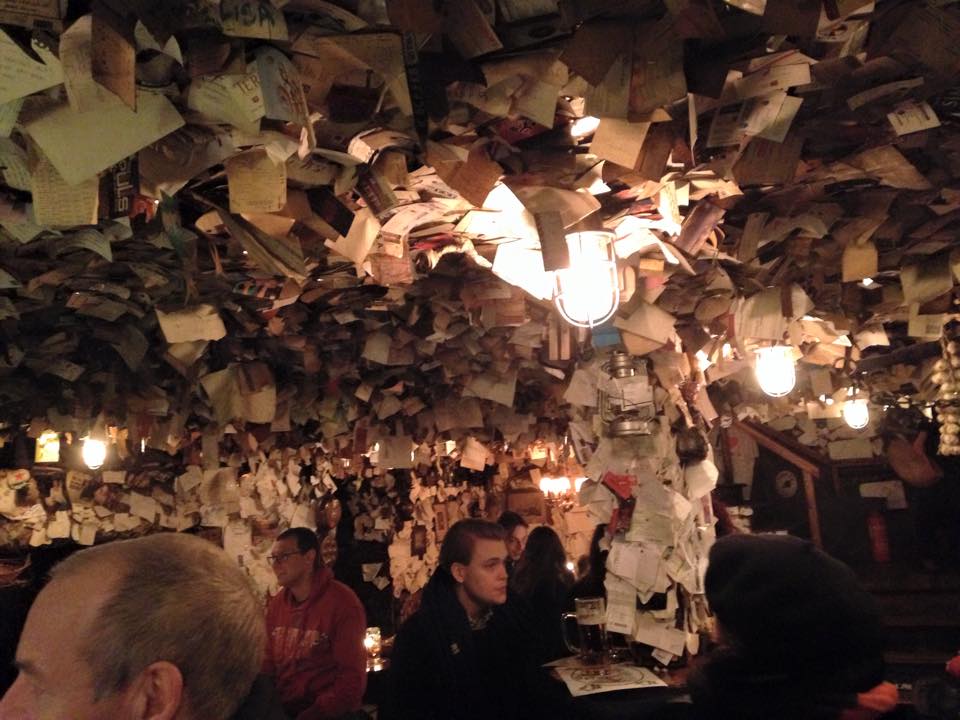
On the way back to the hotel, we stumbled across a tiny, brightly lit shawarma stand. The aroma alone was enough to draw us in. My boyfriend, used to British doner kebabs drowned in sickly sweet sauce, wasn’t expecting much. But this—this was different. The garlicky richness, the tang of pickled turnip, the way it all came together in a warm, pillowy wrap—it was a revelation.
He devoured his before I’d even taken my second bite. And then, without a shred of shame, he reached over, snatched mine, and inhaled it like a starving man. I barely had time to protest. It was both infuriating and hilarious, a perfect snapshot of a night that seemed to exist outside the normal rules of decorum.
Finding the hotel after that was a blur, a mix of laughter and the lingering taste of garlic on our lips. By the time we reached the hallway, the absinthe had taken full control, and we found ourselves doing somersaults on the way to our room.
That’s the thing about Budapest. It’s a city that dares you to step into the unknown, to follow strangers through plastic curtains, to sit in a bathtub and toast to the absurdity of it all. And on that New Year’s, it gave me a story that’ll outlast a thousand hangovers.
Szimpla Kert isn’t just a bar. It’s a reminder that sometimes, the best memories are made when you ignore the fear, take the leap, and let the city show you what it’s made of. And if you’re lucky, it’ll leave you with more than just a headache the next morning. It’ll leave you with a story.

Hungarian Goulash
Ingredients
- 3-4 Tbsp pork lard or bacon grease
- 3 large onions chopped
- 1/4 cup Hungarian sweet paprika authentic is best
- 2 lbs stewing beef cut into 1/2 inch pieces
- 8-10 garlic cloves minced
- 2 red bell peppers cut into 1/2 inch pieces
- 1 yellow bell pepper cut into 1/2 inch pieces
- 2 large tomatoes diced
- 2 large carrots diced
- 2 large potatoes cut into 1/2 inch pieces
- 5-6 cups beef broth
- 2 bay leaves
- 1 tsp salt or to taste
- 1/2 tsp freshly ground pepper
- 1/2 tsp crushed caraway seeds optional – not everyone likes this flavour
Instructions
- Melt the pork lard in a Dutch oven over medium-high heat and cook the onion until they begin to brown (about 10 minutes).
- Add the beef pieces and cook until beef is browned all over (about 2 minutes per side).
- Add the peppers, tomatoes, carrots, and garlic and cook for another 10 minutes.
- Remove from heat and add the paprika, salt, pepper and caraway seeds.
- Add the beef broth and bay leaves, return to the stove and bring to the boil. Reduce heat to medium and simmer for about an hour.
- Add the potatoes, return to a boil, reduce the heat to medium, cover and simmer for another 30-40 minutes. Add salt and pepper to taste.
- Serve with a dollop of sour cream and crusty fresh bread.
